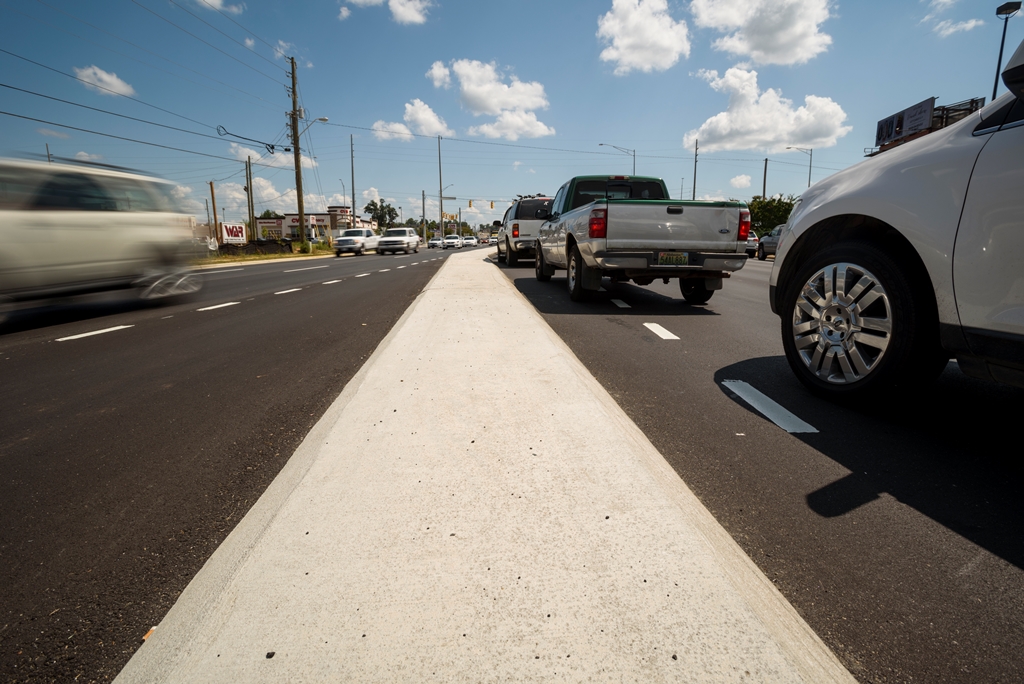TUSCALOOSA, Ala. — More than half of all vehicle crashes during the week of Thanksgiving last year occurred in the three days before the holiday, according to a recent study of state traffic data by University of Alabama researchers.
In 2017, 1,400 auto crashes occurred during the Monday, Tuesday and Wednesday before Thanksgiving Thursday. That was 53 percent of all crashes occurring from the Monday before to the Sunday after the holiday.
“The weekdays before Thanksgiving are the worst days due to high volume with a mix of both commuter traffic and people getting off to their holiday destinations,” said Dr. David Brown, a research associate in The University of Alabama Center for Advanced Public Safety.
The annual study employed the Critical Analysis Reporting Environment, or CARE, a software analysis system developed by CAPS research and development personnel to automatically mine information from existing databases. The Alabama Law Enforcement Agency, or ALEA, provided crash records for the study.
In 2017, 18 people died from crashes during Thanksgiving week, which was lower than the 18.24 average of traffic fatalities per week during 2017. In 2016, the numbers were grimmer. Thanksgiving week in 2016 was particularly lethal for Alabama motorists with 22 fatalities, 20 percent more than the other weeks of the year.
“While Thanksgiving 2017 was an improvement over 2016, there is fear in the traffic safety community that this might not be sustained into 2018,” Brown said. “Drivers need to take steps to help reduce fatalities even further this year.”
With dry weather during Thanksgiving week in 2017, the week was a virtual laboratory to study crash distributions by day and hour, since CAPS studies have found wet weather alone can increase the crash rate by 40 percent.
The study found the best day of the week to travel is Thanksgiving since it had the lowest number of crashes, 232, and accounted for only 8.8 percent of the crashes that week. Saturday is the next best day to travel as it had 303 crashes, 11.6 percent of the week’s crashes, followed by Friday with 333 crashes, 12.7 percent of all crashes.
The Sunday after Thanksgiving had 355 crashes, or 13.5 percent of the week’s crashes. Interestingly, the Sunday before Thanksgiving, not included in the seven-day traffic week around Thanksgiving, had 261 crashes, lower than all days except Thanksgiving in that eight-day time frame.
“The Sunday before Thanksgiving is an excellent choice for travel and beating the crowd, almost comparable to Thanksgiving Day itself,” Brown said.
When crash patterns were examined by hour, the CAPS study found the best times to travel on Wednesday were between 5 a.m. and 7 a.m. and 8 p.m. and midnight. In general, early morning and late night had fewer crashes during the week, but Brown recommends avoiding driving during those times because of increased impaired driving and drowsy driving.
The best times to drive are Thanksgiving before 2 p.m. and the mornings of Friday and Saturday.
Another factor drivers must consider during Thanksgiving are deer, as deer strikes occur twice as often in Thanksgiving week as the rest of the year. In 2017, there were 71 reported deer strikes during Thanksgiving week, more than the 34.4 weekly average for the whole year. That doesn’t include another 45 crashes where drivers swerved to avoid deer, and it’s estimated half of deer strikes are not reported, Brown said.
Tips to stay safe include buckling up, avoiding electronic distractions, slowing down, anticipating bad weather and driving defensively by keeping a safe distance between vehicles ahead and by letting aggressive drivers pass.
Contact
Adam Jones, UA communications, 205-348-4328, adam.jones@ua.edu
